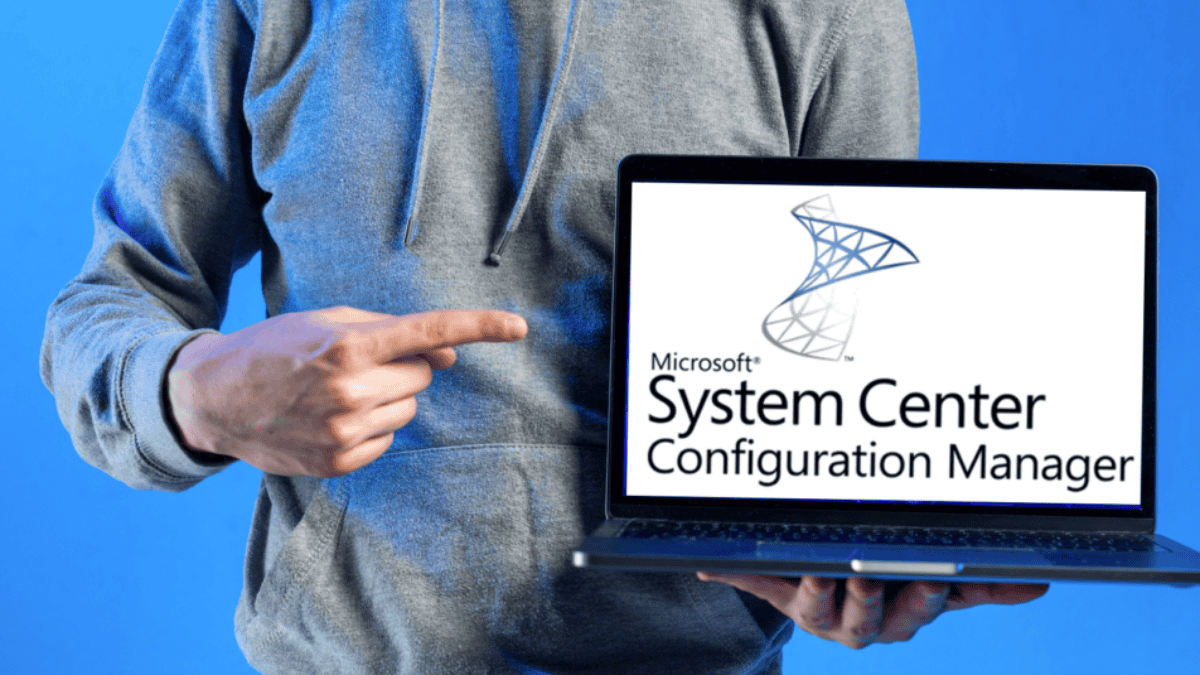The Internet of Things (IoT) refers to the interconnection of everyday devices to the internet, allowing them to collect and exchange data. This network includes […]

Data encryption plays a vital role in safeguarding sensitive information for small and medium-sized enterprises (SMEs). It not only protects data from unauthorized access but […]

Small and medium-sized enterprises (SMEs) often rely on information technology (IT) to operate effectively and compete in the market. Having reliable IT support is crucial […]

Intune Device Management is a cloud-based service that allows organizations to manage their devices and applications efficiently. It is part of a broader suite of […]

Effective system usage training is crucial for enhancing productivity in the workplace. For new hires, understanding what is IT support and how to utilize it […]

In the financial services sector, an IT helpdesk plays a crucial role in maintaining the smooth operation of technology systems. The helpdesk acts as the […]

Staff training plays a vital role in strengthening an organization's cybersecurity posture. By educating employees on security protocols, SMEs can significantly reduce risks associated with […]

System Center Configuration Manager (SCCM) is a robust tool designed for managing systems and devices within an organization. It enables IT administrators to oversee infrastructure, […]

In today's digital age, secure communication is essential for small and medium enterprises (SMEs). With the increasing dependence on technology, many business owners often ask, […]


